Morris Rosenfeld
Jacob Epstein
1904
Image
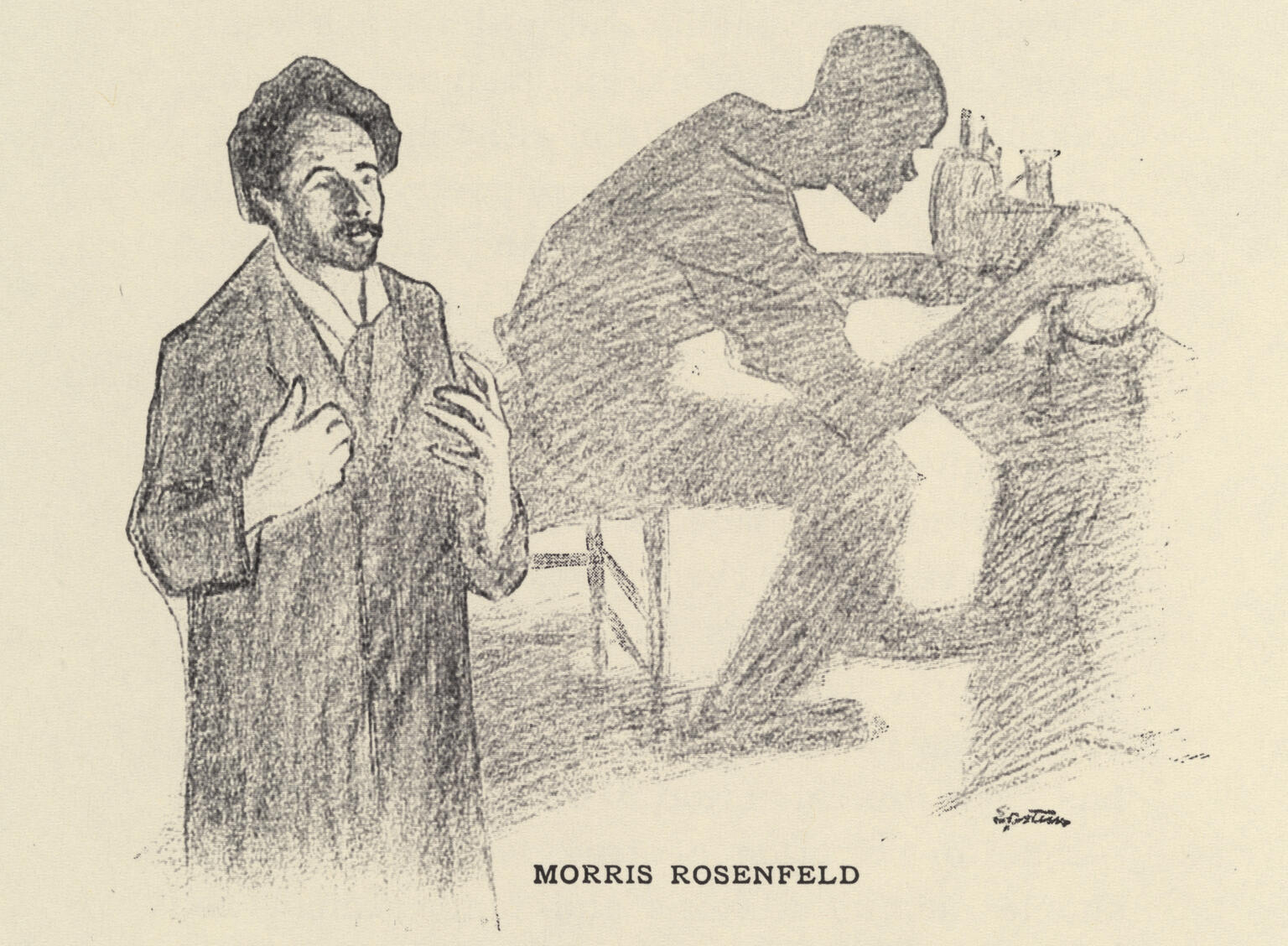
Engage with this Source
Restricted
Image
Places:
New York City, United States of America (New York, United States of America)
Creator Bio
Jacob Epstein
1889–1959
The pioneering modernist sculptor Jacob Epstein was born on the Lower East Side of New York. He studied art in New York and Paris and settled in London in 1905. Much of his early work, with its explicit sexuality, rough-hewn composition, and indebtedness to non-European sculptural traditions, challenged taboos on what was appropriate for public art and aroused intense controversy. Later he became known for his bronze sculptures of the heads of public figures.
You may also like
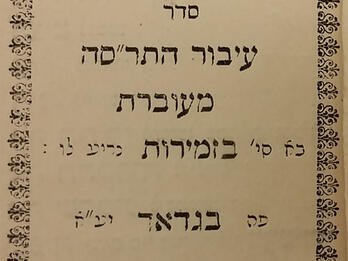
Calendar for the Year 5665, an Intercalated Year
Its sign is זש״הIt is year 2 of the Sabbatical cycleyear 3 of the small lunar cycle 299year 9 of the large solar cycle 203year 1837 [sic] of the Destruction of the Temple, may it be built and…
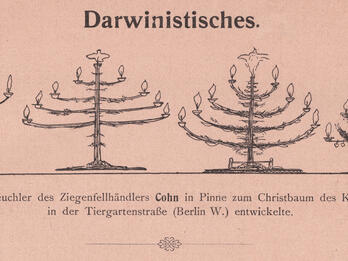
Darwinian
The evolution of the Hanukkah candelabra of the Pinne (Pniewy, Poland, near Posen) goatskin dealer Cohn into the Christmas tree of Conrad the businessman on Tiergartenstrasse (Berlin W.), satirizes…
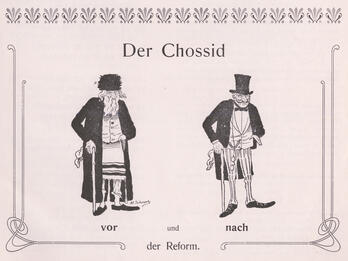
The Reformed Hasid
“Before and After the Reform.” Cartoon from the Yiddish satiric publication Der Schlemiel: Illustriertes jüdisches Blatt für Humor und Satire, lampooning the transformation of a Hasidic Jew into a…
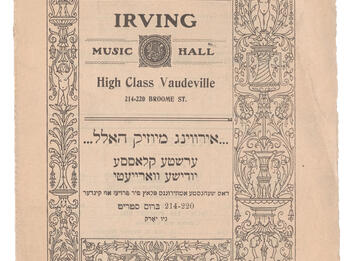
Irving Music Hall
This bilingual Yiddish-English cover of a program for a variety show at Irving Music Hall on New York City’s Lower East Side advertises “high class Jewish vaudeville” and bills itself as “the finest…
Between the River Prat and Hidekel Stream
Between the River Prat and stream Hidekel
on a mountaintop there waves a palm.
And in the palm, among its fronds
lives a hummingbird of gold.
Golden bird! Fly and wheel
go out and find for me my…
The Quarrel between Hebrew and Yiddish
Hebrew:Woe be to me, in my old age,That it should have to come to this:That I stand in judgment hereWith a shameless servant girlAnd her vulgar band of friends.No one knows me anymore!Yiddish:Oh…


